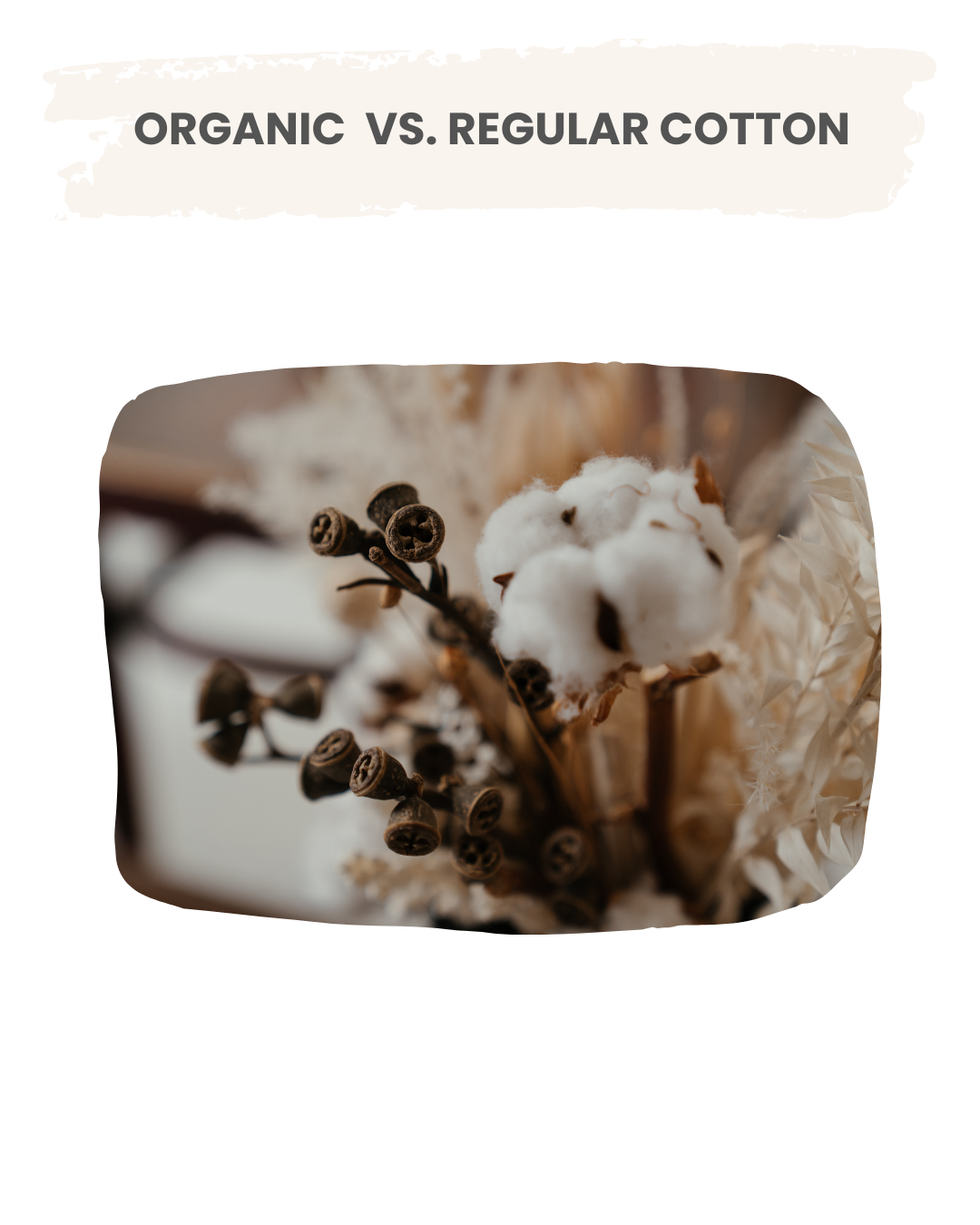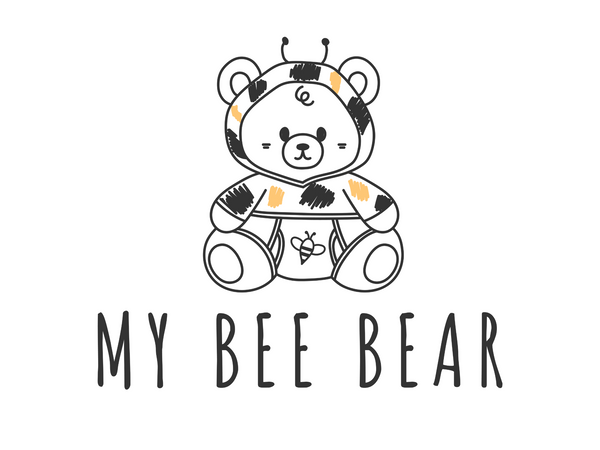
What Is Organic Cotton (And Why It’s a Game-Changer for Your Little One)
Share
Let’s be real—our kids wear their clothes hard. That means what their clothes are made of really matters. If you’ve ever seen “organic cotton” on a label and wondered, “Is it really better?”—this is for you.
Spoiler: It is. And here’s why.
So, What Is Organic Cotton?
Organic cotton is grown without all the synthetic stuff—no toxic pesticides, no harsh fertilizers, and definitely no GMOs. It’s cotton in its most natural form, grown using eco-friendly methods that protect both people and the planet.
Think of it like feeding your family organic veggies—only this is for their skin.
Organic vs. Regular Cotton: What’s the Big Difference?

Water Use
Conventional cotton is super thirsty—it takes thousands of liters of water just to make one t-shirt. Organic cotton? It uses mostly rainwater and way less overall. That means less strain on the planet and more peace of mind for you.
Chemicals
Traditional cotton farming uses some of the most toxic pesticides out there. Those chemicals don’t just hurt the earth—they can stick around on clothes and irritate delicate skin. Organic cotton is chemical-free and super gentle. (Perfect for sensitive kiddos!)
Who Made It Matters
Organic cotton farming puts people first. Farmers aren’t exposed to harmful chemicals, and most organic certifications include fair labor practices—no child labor, no unsafe work. Just good, honest work done right.
Why It’s a Better Choice for Kids
Babies and toddlers have ultra-sensitive skin. Organic cotton is soft, breathable, and less likely to cause rashes or irritation. Whether it’s for daywear, sleepwear, or potty training undies, it’s just the safer, comfier choice.
And let’s not forget—it lasts. Organic cotton is usually more durable, which means fewer replacements (and fewer tantrums over favorite clothes disappearing).

Our Take at MyBeeBear
We use organic cotton for one big reason: because we wouldn’t want anything less for our own kids. Our potty training underwear is made to be comfy, safe, and sustainable from the inside out.
So the next time you’re shopping for your little one, check that label. Your baby’s skin—and the planet—will thank you.
